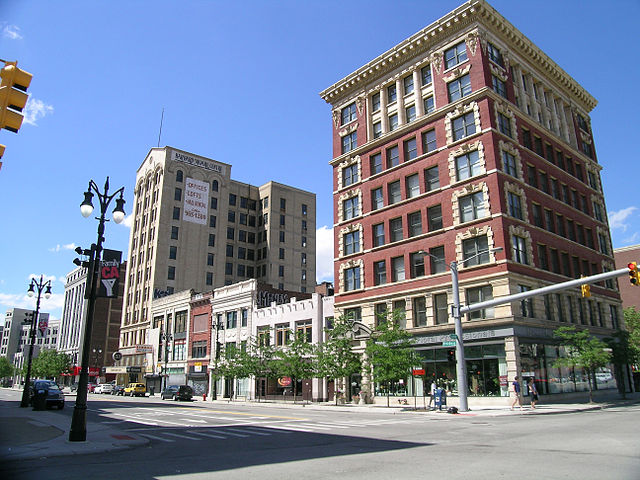
WELCOME TO
INSIGHTS: A DISCUSSION ABOUT “PUBLIC SPACE” DESIGN
Gaddis Architect specializes in all phases of commercial and commercial retail design, design management and construction. If maximizing the success of your business by optimizing the performance of your store, or commercial space design is a goal, then attending the following “Insights” could provide some very real benefits. Many common, and some not so common, design challenges are analyzed. Solutions aimed at increasing retail traffic, creating visual presence in various environments, and expressing not only a particular shopping experience but also the business’s brand, are presented. We think that all design is, on some level at least, retail design. Please scroll on, start a dialogue, contact us anytime.
Does downtown shopping have a future?
Here is a reallly good article on the “Death and Life of Downtown Shopping Districts.” It is worth a read for anyone interested in retail store design.
Unbranding the Brand Part III.

Main Street Dress Shop, Unknow Brand
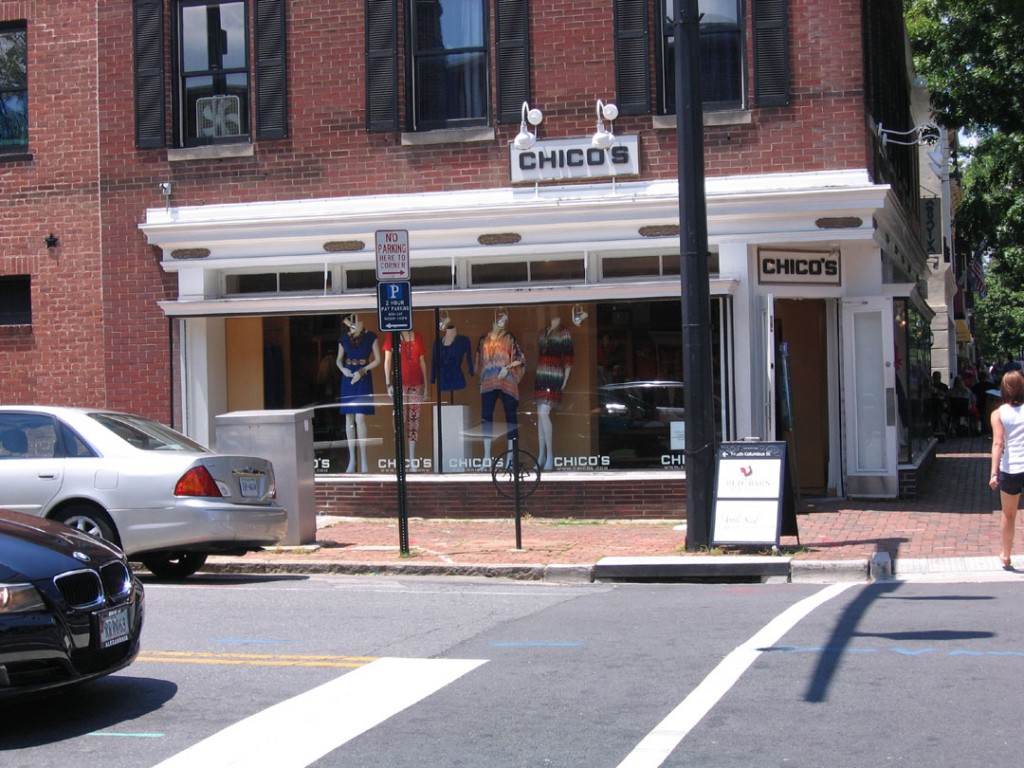
Main Street Dress Shop, Well Known Brand
The same shopper might see Chico’s, just down the street, and walk right by. After all, here she knows what to expect. They are in every mall. The clothes are nice, the price is ok, but maybe she is not sure about the service, alterations and delivery. She also knows she could end up in the same dress as her friend. She opts for a new experience in an unknown shop.
For the sake of this discussion, lets conclude that my observations are correct and the shopper prefers the unknown shop. Where does that leave Chico’s? If we look closely, we will see that there is a whole other level of information in these two storefronts that is being overlooked. The merchandise and window displays look very similar. Is Chico’s missing an opportunity to go one on one, product to product with the local merchant. Is the brand overpowering the merchandise? What would happen, if they lost the big black and white signs over the door and window and just let the small signs at the bottom of the window remain? Would that level the playing field?
I actually chose Chico’s for this discussion. They appear to be trying some new marketing strategies. They have a television advertising campaign that features the product over the the brand. I have been reading that they are doing well in these tough economic conditions. It would cost very little to try the same strategy on their storefront design where conditions warrant. As store planners and designers we are not often informed about the success of our designs. The measuring is done at the cash register and, we only know if our projects are successful when we are hired to do another location.
Unbranding the Brand II.
Unbranding, it appears from my research, is a term used to describe a fix, meaning one or more of the following:

The brand has been somehow damaged. The Value Jet plain crash is an example of this. Photo used under Fair Use
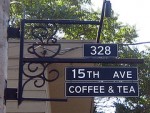
The market is saturated and cannot support the same shop over and over again. Starbuck’s has been opening new locations named after the street address in an effort to capture fresh markets. Photo used under Creative Commons

The decision makers in the organization decide that the brand is in need of revision or update. Photo used under Pulic Domain
My idea of unbranding, in the context of this discussion, goes more to the question raised by John Freeman in the previous post when he said that he “hated brands.” The comment was made in the context of a discussion about storefront design. My interpretation of this is that he hated the uniformity, the lack of surprise, even the visual dominance of the well known brands. This describes a store design problem that is related too, but not the same as “unbranding” as a fix.

Known Brand

Known Brand
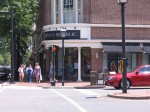
Known Brand
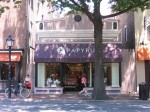
Known Brand

Known Brand
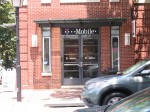
Known Brand

